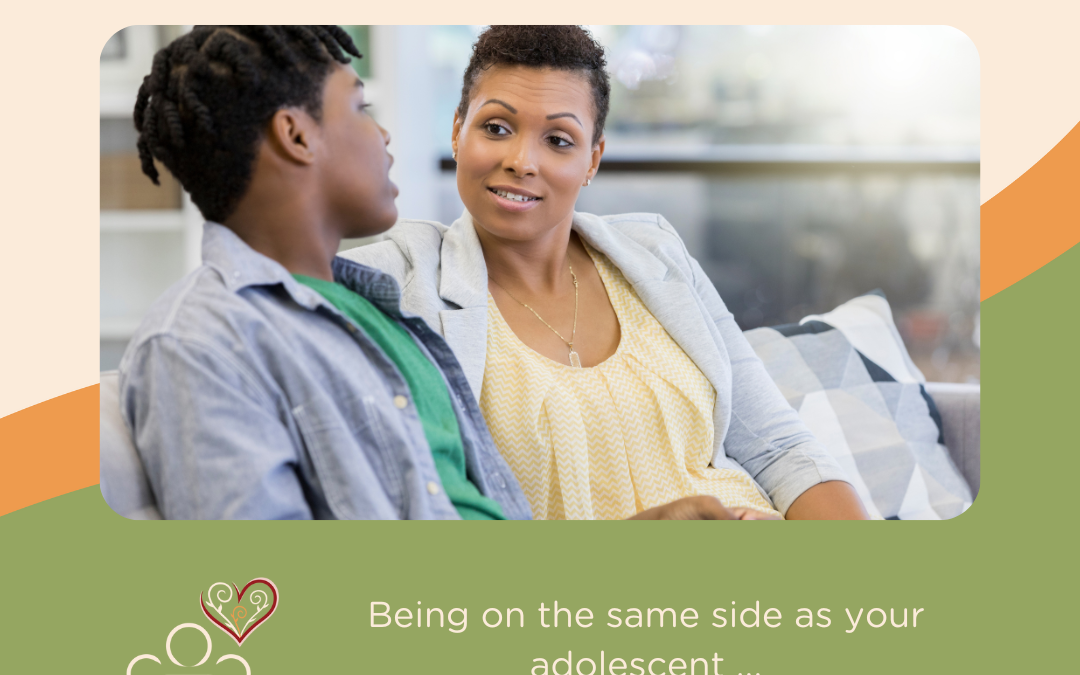Everything is learning: the good, the bad, and the in-between. There are no exceptions; everything counts.
There are plenty of articles about the different ways in which we learn, and the sensory systems each individual body uses to let information in. All this information grows our brains and is stored.
The information that is lacking is how each individual’s learning style interacts with another individual’s learning style. The way we ‘gel’ together.
Which is where communication is so important.
Being able to talk with your adolescent as they learn means you get to check their understanding. Their unique learning. When you get this you will be able to support them from a position of strength. Let’s face it, the subjects are hard enough, where you can help best is by communicating effectively so your young person can find their unique learning hiccups, solve them and get back on track asap.
If your tween, teen, or adolescent tells you, “It’s too hard.” How do you respond? Can you hear yourself in any of these responses?
- Using a bossy voice, “Just get your assignment done.”
- Cue sarcastic tone, “You must really love school because you’re spending all this time on your work.”
- The fed-up response, “There’s no one but you to blame for taking all this time to get one little assignment done.”
- A barrage of questions, “How long have you known about this assignment? Why is it taking you so long? Are all your friends finished? How come you always leave it to the last minute? What will your teacher say?”
- The nice approach, “Never mind dear, I’m sure it won’t really matter in the long run.”
Or do you simply say, “I hear you telling me, this is too hard for you?” Then you wait for them to acknowledge that yes, that is what they meant, or no it’s something else.
This pause is critical. It is the pause that puts you and your young person on the same side.
It’s this little pause, this not jumping in, that we so often miss.
When you have gotten to the truth of how they are finding their problem, you can then ask, “Which piece is tricky?” It may be that they don’t know where to start. Or perhaps they’ve got a general idea but they can’t grasp the finer details.
That gives you options. And ways forward.
In this example, there are numerous ways in which the problem could be solved. None of these ways are right, or wrong. There are simply one or two ways that will be more useful for your teen.
The most important piece is you are on the same side as your adolescent. Priceless.
With an added bonus – you are also teaching them how to identify their immediate needs, allowing them to communicate clearly – which gives them a much higher chance of getting their needs met.
Listening to, and talking with our kids gives everyone a way forward.
If you are ready to change the way they communicate with your growing children, use this link to book a complimentary zoom call and discuss your options.


Trackbacks/Pingbacks